Bad news seems to come at us from all angles, but sometimes we need to step back and point out the good news. Here is a chart of how the the worldwide level of hunger, poverty, illiteracy, child poverty, and pollution has fallen over the last 25 years. Via @dinapomeranz and @johanknorberg.

Here are some specific stats comparing changes in the last 50 years (1966 to 2016). Via HumanProgress.org. These are worldwide numbers. See specific numbers for your own country and age at Your Life in Numbers.
- In 1966, average life expectancy was only 56 years. Today it’s 72. That’s an increase of 29 percent.
- Out of every 1,000 infants born, 113 died before their first birthday. Today, only 32 die. That’s a reduction of 72 percent.
- Median income per person rose from around $6,000 to around $16,000, or by 167 percent – and that’s adjusted for inflation and purchasing power.
- The food supply rose from about 2,300 calories per person per day to over 2,800 calories, an increase of 22 percent, thus reducing hunger.
- The length of schooling that a person could typically expect to receive was 3.9 years. Today, it’s 8.4 years – a 115 percent increase.
- The world has become less authoritarian, with the level of democracy rising from -0.97 to 4.23 on a scale from -10 to 10. That’s an improvement of 5.2 points.
There are many forces behind these trends, but perhaps it will inspire people to keep trying to improve their world or to support others financially who are dedicating their lives to improve the world.
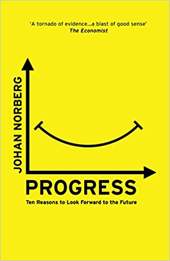 Johan Norberg wrote Progress: Ten Reasons to Look Forward to the Future, which was a 2017 Book of the Year for The Economist and the Observer. I haven’t read it, but it seems like a well-researched book with hard evidence on why we should be more optimistic.
Johan Norberg wrote Progress: Ten Reasons to Look Forward to the Future, which was a 2017 Book of the Year for The Economist and the Observer. I haven’t read it, but it seems like a well-researched book with hard evidence on why we should be more optimistic.
Our world seems to be collapsing. The daily news cycle reports the deterioration: divisive politics across the Western world, racism, poverty, war, inequality, hunger. While politicians, journalists and activists from all sides talk about the damage done, Johan Norberg offers an illuminating and heartening analysis of just how far we have come in tackling the greatest problems facing humanity. In the face of fear-mongering, darkness and division, the facts are unequivocal: the golden age is now.
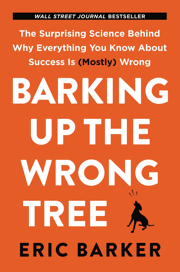
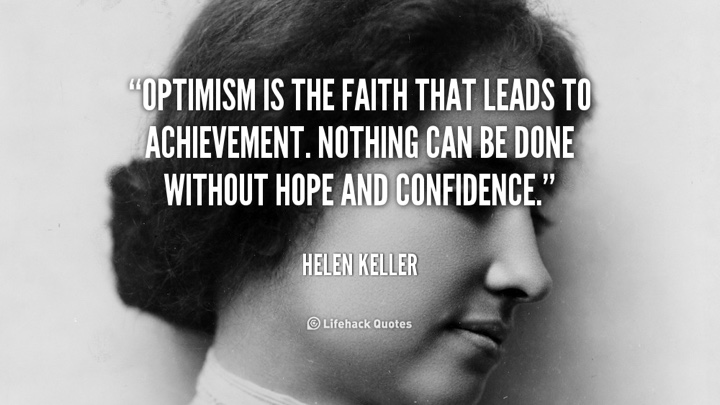
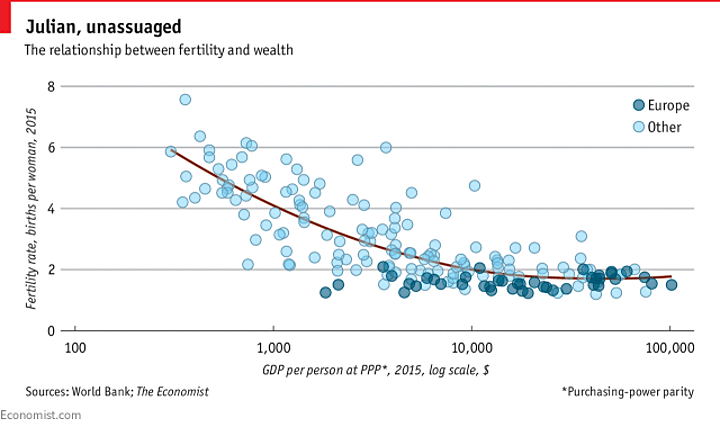
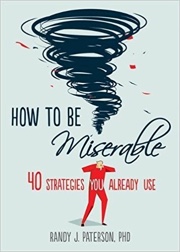
 It’s been more than a decade since I started this site because I had no other outlet to talk about financial independence. Talking about your money in public remains a mostly taboo topic. The idea of financial freedom through an aggressive saving rate remains a niche interest. I suppose the anonymous nature of the internet makes it the ideal place for like-minded people to share information and experiences.
It’s been more than a decade since I started this site because I had no other outlet to talk about financial independence. Talking about your money in public remains a mostly taboo topic. The idea of financial freedom through an aggressive saving rate remains a niche interest. I suppose the anonymous nature of the internet makes it the ideal place for like-minded people to share information and experiences. 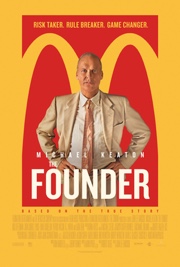 There’s a new movie out about Ray Kroc and McDonald’s called
There’s a new movie out about Ray Kroc and McDonald’s called 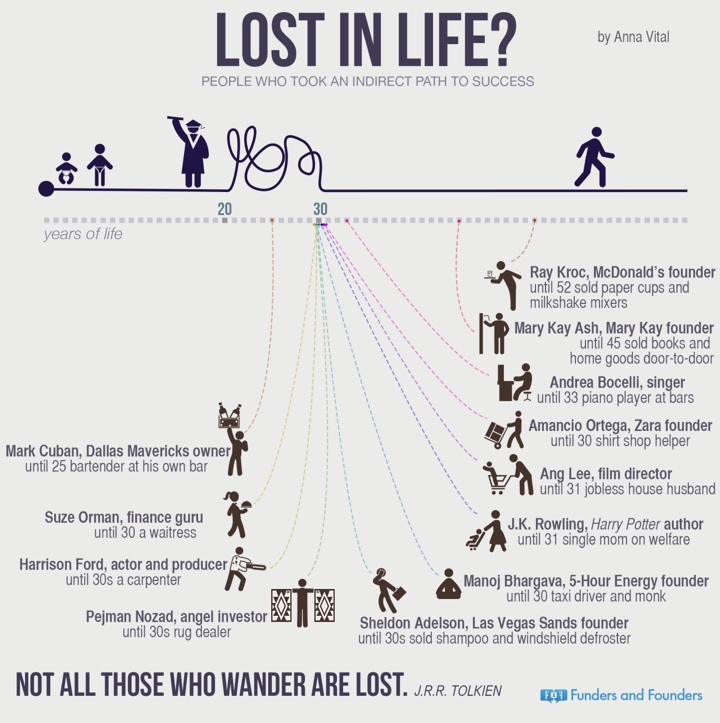
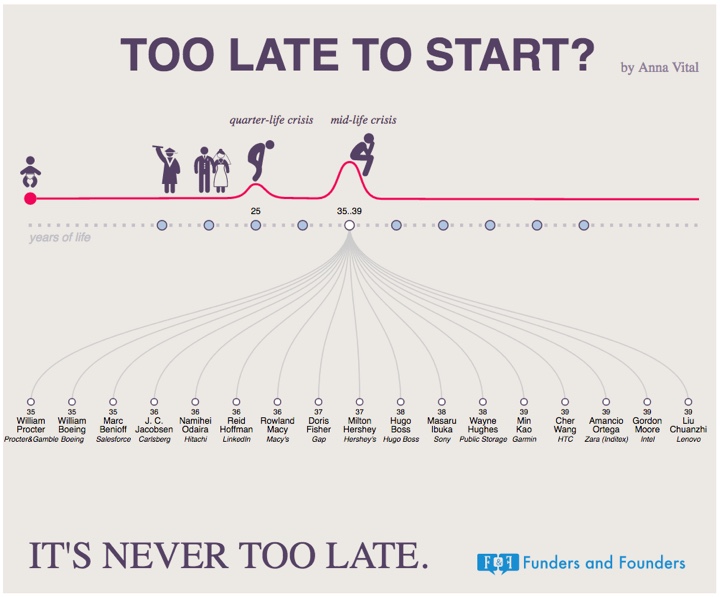
 Tom Corley performed a study examining 233 self-made millionaires over 5 years, and found that they fell into one of two categories as outlined in this
Tom Corley performed a study examining 233 self-made millionaires over 5 years, and found that they fell into one of two categories as outlined in this  We are currently planning a 4-week European trip with our young children (age 1 and 3). The most common reactions are “Cool. Wait, you’re not bringing the kids, are you?” followed by “You’re nuts.” At first, we didn’t think it could be done either. It does take a lot of additional planning for car seats, cribs, kid-friendly itineraries, and so on.
We are currently planning a 4-week European trip with our young children (age 1 and 3). The most common reactions are “Cool. Wait, you’re not bringing the kids, are you?” followed by “You’re nuts.” At first, we didn’t think it could be done either. It does take a lot of additional planning for car seats, cribs, kid-friendly itineraries, and so on. 


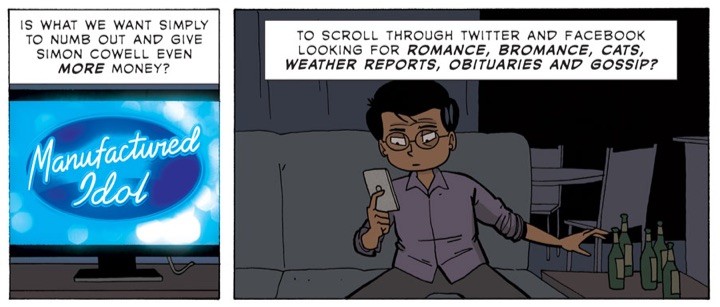
 The Best Credit Card Bonus Offers – May 2024
The Best Credit Card Bonus Offers – May 2024 Big List of Free Stocks from Brokerage Apps
Big List of Free Stocks from Brokerage Apps Best Interest Rates on Cash - May 2024
Best Interest Rates on Cash - May 2024 Free Credit Scores x 3 + Free Credit Monitoring
Free Credit Scores x 3 + Free Credit Monitoring Best No Fee 0% APR Balance Transfer Offers
Best No Fee 0% APR Balance Transfer Offers Little-Known Cellular Data Plans That Can Save Big Money
Little-Known Cellular Data Plans That Can Save Big Money How To Haggle Your Cable or Direct TV Bill
How To Haggle Your Cable or Direct TV Bill Big List of Free Consumer Data Reports (Credit, Rent, Work)
Big List of Free Consumer Data Reports (Credit, Rent, Work)